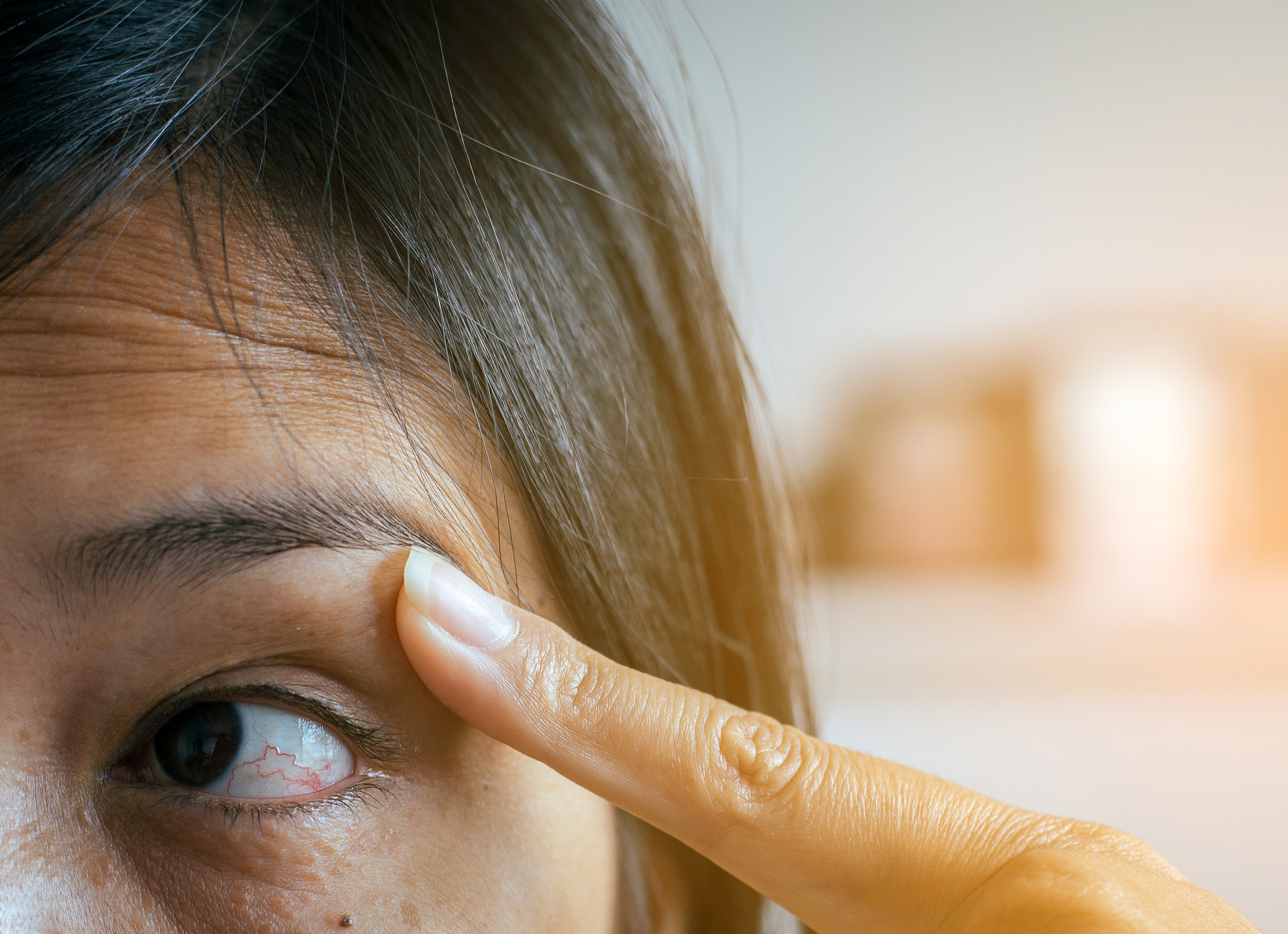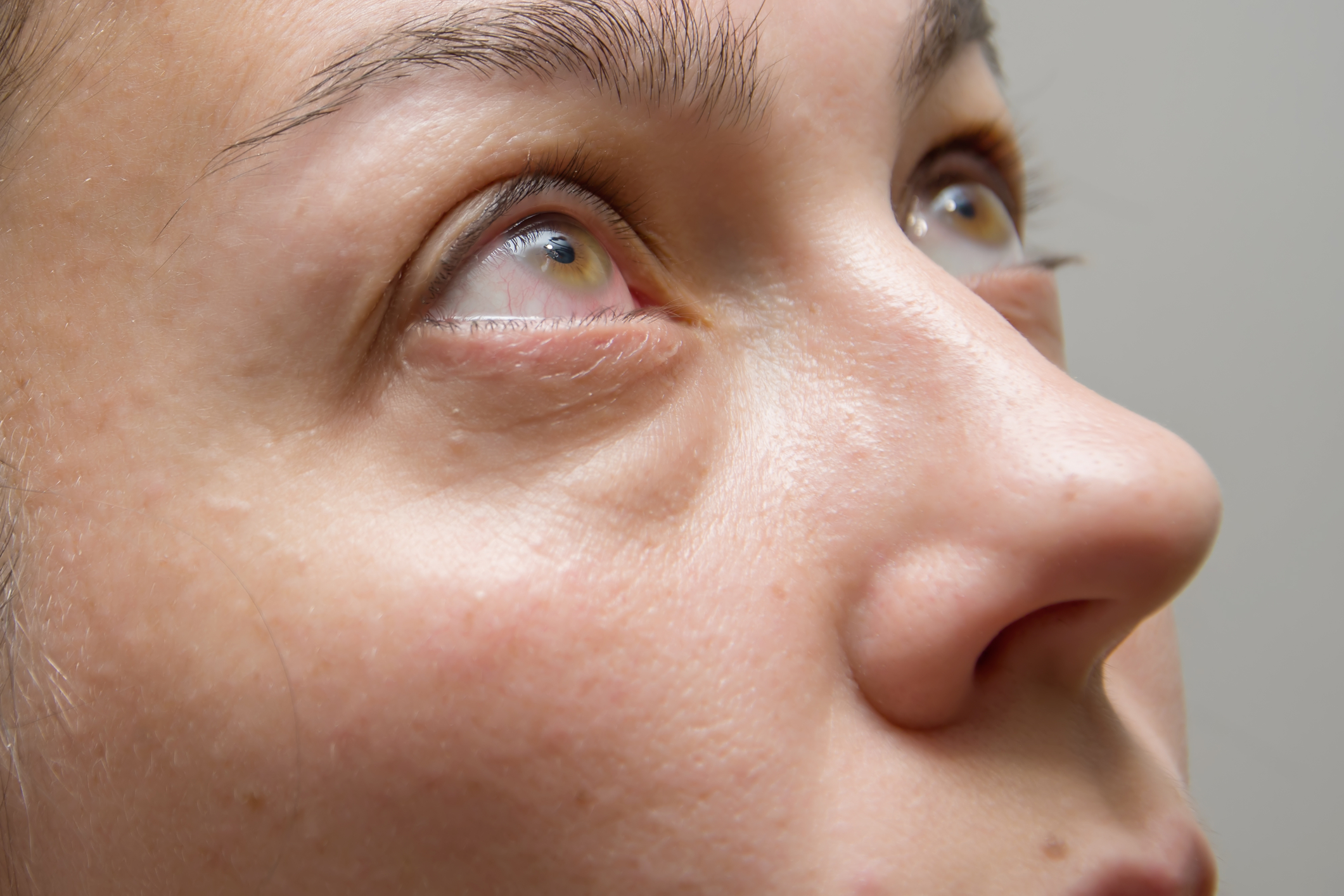Five Fascinating Facts Behind the Phenomenon of Red Eyes
Our exploration begins with the scientific explanation for red eyes. In fact, it boils down to the reddish hues being a result of light reflecting off the blood vessels at the back of the eye. This happens when we take a picture with the flash on, the light enters the eye, reaches the back, and is reflected out again, resulting in glowing red eyes.
A fascinating detail to note is that within the flash's milliseconds-long duration, our pupils do not get sufficient time to constrict. Most mammals possess a layer of tissue, the tapetum lucidum, behind the retina that aids night vision by reflecting light back through the retina, increasing the light available to photoreceptors, but humans lack this feature.
The red-eye effect can be significantly pronounced in individuals who have a lighter eye color. The reason being, people with lighter eyes - blue, green, or hazel, have less pigmentation in multiple layers of the eye than those with brown eyes. With less pigmentation, the eye is less able to absorb flashbulb light, leading to a substantial red-eye effect.
Red Eyes: A Medical Sign

Moving on, it's worth noting that while red eyes in photographs are often harmless, having red eyes in person can signal a health issue. Allergies, dry air, sun exposure, dust, foreign bodies, infections, and cryings are common causes of red eye. More seriously, diseases like glaucoma or uveitis can also result in red eyes.
Glaucoma is the name for a group of eye conditions in which the optic nerve becomes damaged, often due to an associated increase in fluid pressure in the eye. In contrast, uveitis is the inflammation of the uvea, the pigmented layer that lies between the retina and the outer fibrous layer composed of the sclera and cornea.
The Art of Red Eye Correction

Next, let's delve into how technology grapples with the pesky red-eye phenomenon. Early photographers had to manually correct red eyes, a time-intensive and cumbersome process. However, the advent of modern technology allows us to help manage this phenomenon more effectively.
Today, many cameras come equipped with an in-built 'red-eye reduction' mode. This feature shoots a quick series of flashes before the final flash that goes off along with the shutter, causing the subject's pupils to contract and therefore let in less flash. Furthermore, photo editing software can also be used to correct red eyes post-shoot by altering pixel coloration.
Fascinating Folklore Surrounding Red Eyes

The theme of red eyes has been a recurring motif in folklore and mythology. They often signify powerful, sometimes malicious entities. A prime example of this is “Mothman,” a creature reported in the 1960s in West Virginia, who is described as humanoid but with glaring red eyes.
In Japan, too, there's a creature called "Akuma" who is often depicted with red eyes symbolizing their demonic nature. Not all red-eyed entities are negative, though. In native American lore, the deer woman is sometimes depicted having red eyes and is viewed as a spirit of fertility and love.
Red Eyes in Pop Culture

Talking about red eyes, let's not skip their significant influence on popular culture. From literature to movies and video games, red eyes are often used to denote power, evil, supernatural abilities, or being possessed.
Take, for example, the Terminator's glowing red eye in the popular film franchise, symbolizing the machine's relentless pursuit. Red eyes are also prevalent in anime and manga to signify a power boost or significant transformation. This can be seen in popular series like Naruto, where characters exhibit glowing red eyes when they tap into immense power sources.
Red Eyes in Albino Animals

Finally, an aspect you might find fascinating is red eyes seen in certain albino animals. Without the usual pigmentation, light entering their eyes can bounce off their blood vessels and back out again, causing their eyes to look red or pink, similar to red-eye effect in photos.
Mice, rabbits, and rats are commonly observed cases; however, not all albino animals have red eyes. For example, albino reptiles often have icy blue or light pink eyes due to the presence of other pigments unaffected by albinism.
Spanning from scientific explanations to cultural associations, this journey of red eyes has been a fascinating one indeed. Whether it's understanding the root cause or unraveling the implications, every facet comes together to create a larger picture behind this intriguing phenomenon.